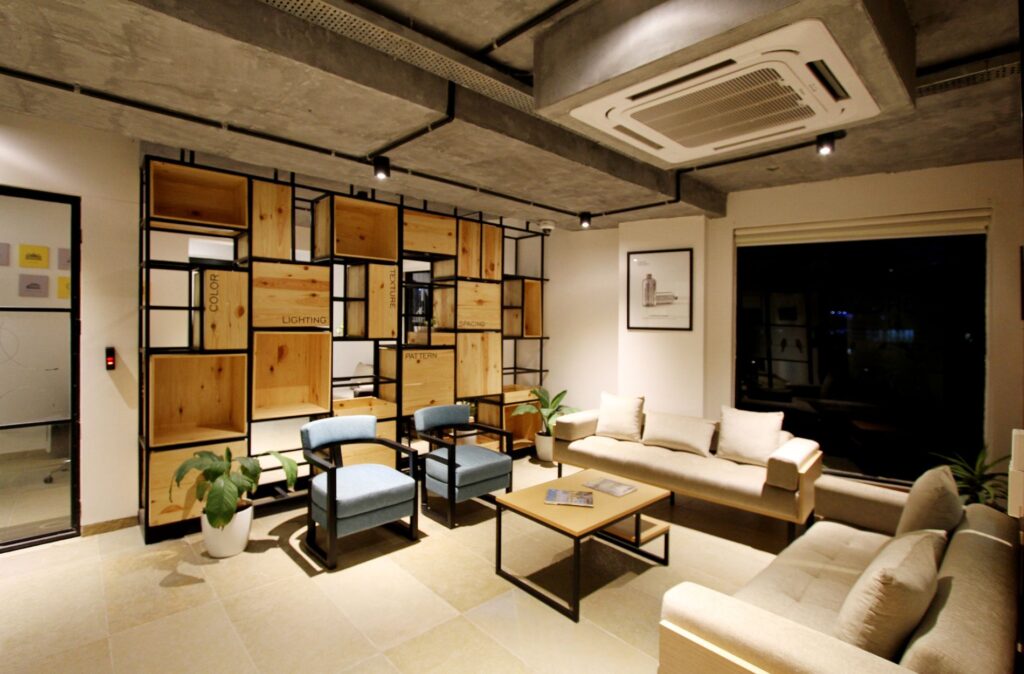Installing a central air system is a significant investment in your home’s comfort and efficiency. It’s essential to understand the key steps involved to ensure the installation is done correctly. Our professionals follow a detailed process to ensure your central air system operates effectively and efficiently.
Initial Assessment and Planning
Before starting a central air installation, a thorough assessment of your home’s cooling needs is critical. Our professionals evaluate various factors that impact the effectiveness of the system. These factors include the size and layout of your home, the number of rooms, insulation quality, and existing HVAC infrastructure. By understanding these details, we can determine the cooling capacity required to maintain a comfortable indoor environment.
After gathering the necessary information, we proceed to design a custom installation plan tailored to your home. This plan outlines the optimal placement for vents, ducts, and the central air unit itself. Proper placement ensures efficient air distribution and minimizes energy consumption. Our technicians also consider any specific requirements you might have, such as integrating with a smart home system or adding zones for customized climate control. This detailed planning phase sets the foundation for a successful installation.
Selecting the Right System
Choosing the appropriate central air unit is crucial for achieving efficient and effective cooling. Our professionals consider several key factors during the selection process. One of the primary considerations is the unit’s size and capacity. An undersized unit may struggle to cool your home adequately, while an oversized unit can lead to energy wastage and reduced efficiency. We aim to select a system that perfectly matches your home’s cooling demands.
Energy efficiency is another important aspect. We evaluate the Seasonal Energy Efficiency Ratio (SEER) ratings of different units to identify the most energy-efficient options. A higher SEER rating ensures lower energy consumption and reduced operating costs. Compatibility with your existing HVAC system is also taken into account. Our professionals ensure that the new central air unit integrates seamlessly with your current setup, providing optimal performance without complications. By carefully considering these factors, we select the best system tailored to your needs.
Installation Process
The installation process of a central air system involves several key steps to ensure everything is done correctly. Our professionals start by preparing the installation site. This includes clearing any obstacles and ensuring the area is safe for work. Next, we install the indoor unit, often called the air handler, by securing it in the correct location and connecting it to the ductwork.
Next, we move on to the outdoor unit, which houses the compressor and condenser. Our technicians place it on a stable surface and connect it to the indoor unit via refrigerant lines and electrical wiring. This requires precision to ensure that the connections are secure and free from leaks. We also take care to route the lines efficiently to avoid unnecessary bends and kinks.
After both units are in place, we proceed with the final connections. This includes linking the thermostat and ensuring it communicates effectively with the system. Our professionals also check the ductwork to ensure efficient airflow throughout the home. With all components connected, we perform initial tests to make sure everything is functioning as expected. This thorough installation process guarantees a reliable and efficient central air system.
Final Inspection and Testing
Once the central air installation is complete, a final inspection and testing phase ensures the system works perfectly. Our professionals start by examining all the connections, including electrical wiring and refrigerant lines, to ensure they are secure and correctly installed. We look for any signs of potential issues, such as loose connections or leaks, and address them immediately.
The next step is to test the system’s performance. We turn on the central air unit and monitor its operation, checking for proper airflow, accurate thermostat readings, and consistent cooling throughout the home. Our technicians use specialized tools to measure temperature differences and ensure each room receives adequate cooling. We also test the system under various conditions to confirm its reliability and efficiency.
Finally, we provide a detailed overview of the system’s features and operation. This includes showing you how to use the thermostat, explaining maintenance tasks, and advising on any necessary follow-up steps. Our thorough inspection and testing phase ensures your new central air system is ready to keep your home comfortable for years to come.
Conclusion
Installing a central air system involves several critical steps to ensure optimal performance and longevity. From the initial assessment and planning to selecting the right unit, the process requires careful consideration and expertise. Our professionals at Midland Heating & Cooling are committed to providing thorough and efficient service during the installation process, ensuring your system is installed correctly and performs reliably.
A well-installed central air system not only enhances your home’s comfort but also improves energy efficiency and reduces operating costs. By following a detailed installation process and conducting final inspections, we ensure your system operates at its best. Proper installation also extends the lifespan of the unit, providing long-term value and peace of mind.
If you’re considering central air installation in Bloomington for your home, trust the experts at Midland Heating & Cooling. Contact us today to schedule an assessment and learn more about how we can help improve your home’s comfort and efficiency.


